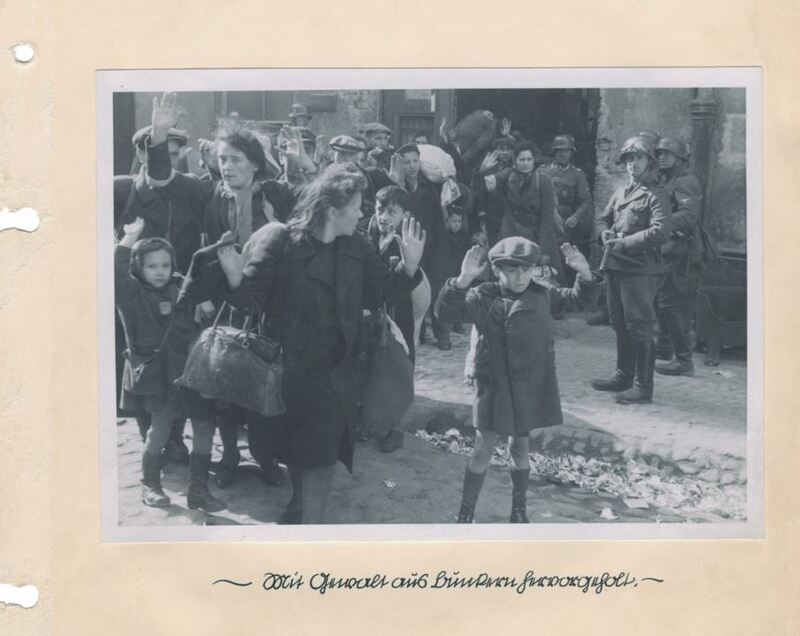Almost everyone has seen the photograph presenting frightened people surrounded by German soldiers, a snapshot which has grown to symbolize the Holocaust and German atrocities of World War II. It was taken in the Warsaw ghetto, where on 19 April 1943, an uprising of Jews broke out, despite standing no chance of success. However, few people realize that the image comes from the Report of SS General Jürgen Stroop, the man tasked with obliterating the Warsaw Ghetto.
The report, written in May 1943 for Heinrich Himmler, is among the most important evidence against the Holocaust perpetrators, and was used as such in the trials of German Nazi war criminals in Nuremberg. The Institute of National Remembrance keeps one of three original "Stroop Reports" in its archive, and a few years ago, in cooperation with the Jewish Historical Institute, published it both in hard copy and digital version.
In 2017, three-year efforts paid off: the Report was included in the UNESCO Memory of the World list of the most important documents produced by humanity - the selection that at the moment, is ca. 500 items long. In 2020, the Institute of National Remembrance signed an agreement to loan its copy to the Warsaw Ghetto Museum as soon as the permanent exhibition it would become part of has been prepared.
"The Stroop Report" is to be presented in social media in nine video episodes, released one by one from 9 June.
Episode 1: https://www.facebook.com/ipngovplEng/posts/150848750412622
